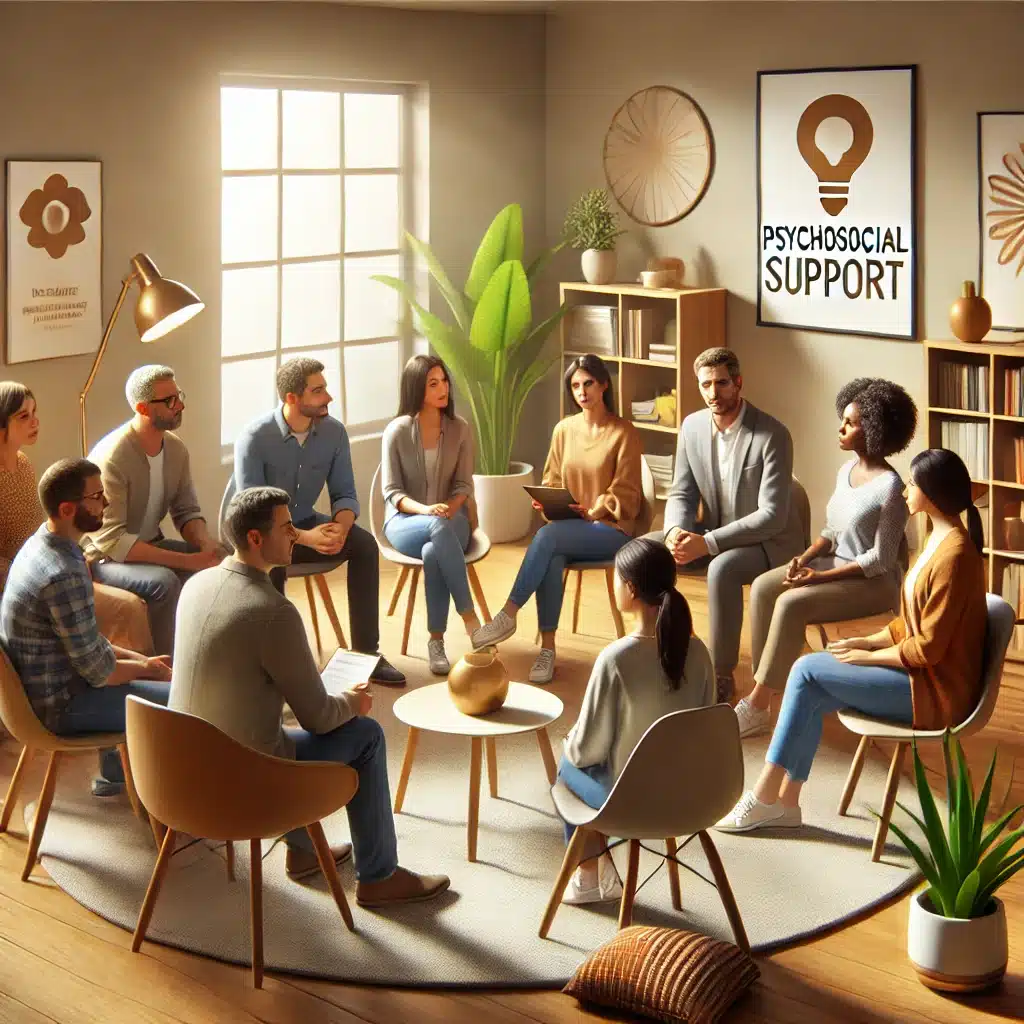In recent years, the trend toward integrating natural elements within home design has moved from a mere aesthetic preference to a recognized approach for enhancing mental and emotional well-being. As we delve deeper into understanding the human psyche, it becomes increasingly clear that our environment plays a pivotal role in shaping our mental health. This is where innovative firms like CraftScape Creations come into play, leading the charge in designing homes that do more than just look good—they make us feel good, too.
The Connection Between Nature and Well-being
The bond between humans and nature is as old as humanity itself, but only recently have we started to understand its implications on our psychological state. Studies have consistently shown that exposure to natural environments can lead to significant improvements in mood, stress reduction, and overall mental health. This connection, often referred to as ‘biophilia,’ suggests that our affinity for nature is not just a matter of preference but a fundamental component of our well-being.
Bringing the Outdoors In
One of the most direct ways to harness the benefits of nature is by integrating natural elements into our living spaces. This can be achieved through the strategic use of natural light, indoor plants, water features, and materials that mimic the textures and colors of the natural world. CraftScape Creations, for instance, has been at the forefront of this movement, crafting spaces that seamlessly blend the indoors with the outdoors, ensuring that residents can always feel connected to nature, regardless of their urban setting.
Natural Light: A Source of Life
The importance of natural light in our homes cannot be overstated. It regulates our circadian rhythms, improves sleep quality, and reduces the risk of seasonal affective disorder. By designing homes with large windows, skylights, and open floor plans, the barrier between indoor and outdoor light is minimized, flooding living spaces with the life-giving force of sunlight.
Greenery: More Than Just Decoration
Indoor plants do more than beautify a space; they purify the air, reduce noise levels, and have been shown to lower stress and anxiety. Living walls, small indoor gardens, and even simple potted plants can transform a room into a tranquil oasis, providing a much-needed respite from the hustle and bustle of modern life.
Water Features: The Sound of Serenity
The sound of flowing water is universally calming, reminiscent of a peaceful stream or a gentle rain. Incorporating water features such as indoor fountains or koi ponds into home designs can create a serene atmosphere, aiding in relaxation and stress relief.
Design with Purpose
The goal of nature-integrated home design extends beyond the mere inclusion of natural elements; it’s about creating an environment that fosters a continuous and subconscious connection with nature. This means considering not just the physical aspects of design but also the sensory experiences they evoke.
Texture and Color: Echoes of Nature
The materials used in our homes can evoke a sense of connection to the natural world. Wood, stone, and other natural materials not only bring the outdoors in but also contribute to a sense of warmth and comfort. Similarly, color schemes inspired by nature can have a calming effect, reducing anxiety and promoting tranquility.
Spatial Flow: Seamless Transitions
The layout of a home plays a crucial role in how we experience the space. Open, fluid designs that encourage movement and interaction with nature help to blur the boundaries between inside and outside, making nature an integral part of daily life.
The Impact on Lifestyle
The benefits of nature-integrated home design go beyond immediate psychological effects; they can also lead to a more mindful, healthy lifestyle. Spaces that encourage interaction with nature invite residents to slow down, practice mindfulness, and engage in activities that promote well-being, such as gardening or yoga in a sun-drenched room.
A Sustainable Future
Aside from the psychological benefits, nature-integrated designs often go hand in hand with sustainable building practices. The use of natural materials, energy-efficient layouts, and a focus on green spaces not only benefits the environment but also contributes to a home’s overall sense of harmony and balance.
Conclusion
In a world that’s becoming increasingly urbanized and disconnected from the natural environment, the importance of reintegrating nature into our living spaces cannot be underestimated. The psychological benefits of such designs are clear: reduced stress, improved mood, and a deeper sense of well-being. Companies like CraftScape Creations are not just designing homes; they’re crafting sanctuaries that cater to the mind, body, and soul. As we move forward, it’s crucial that we continue to embrace and innovate within the realm of nature-integrated design, for the sake of our health, happiness, and the planet.
Published by: Nelly Chavez





